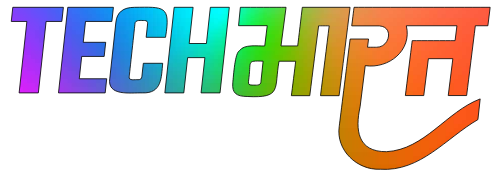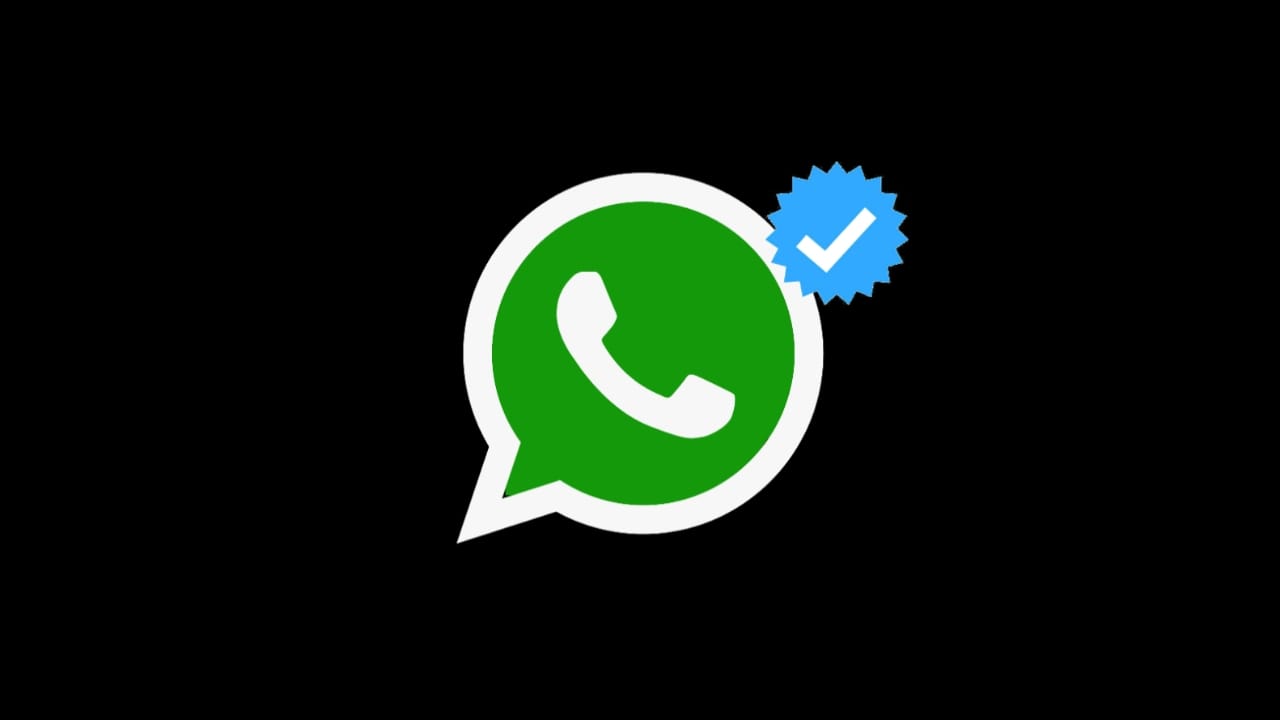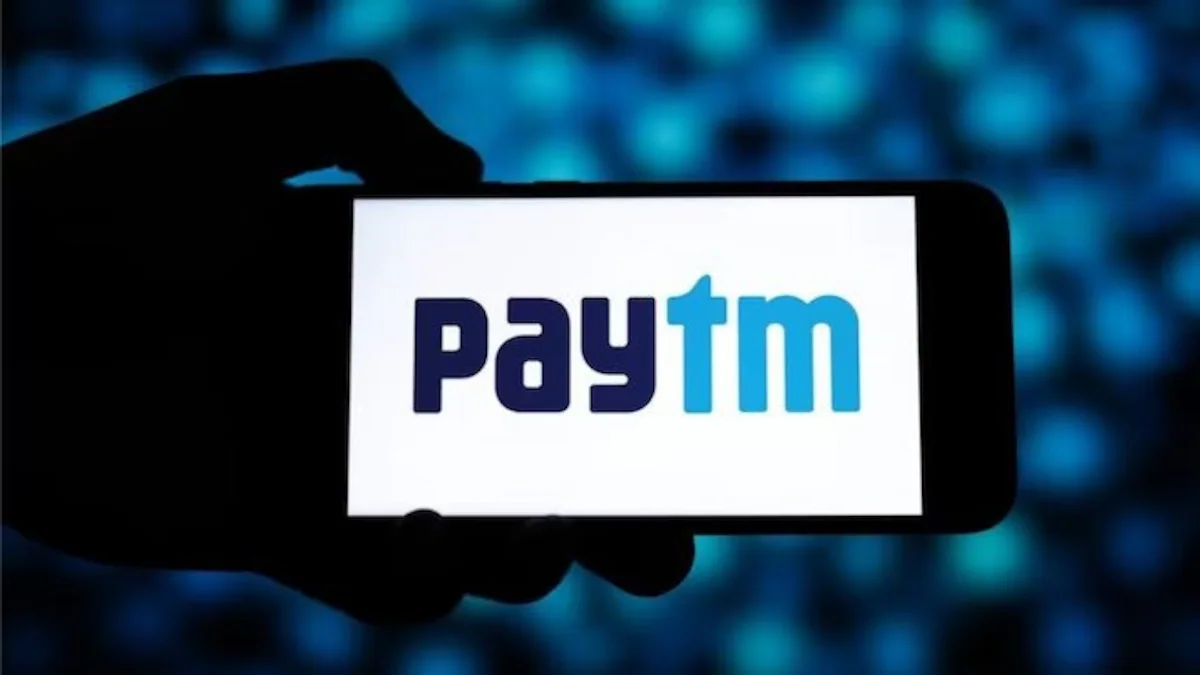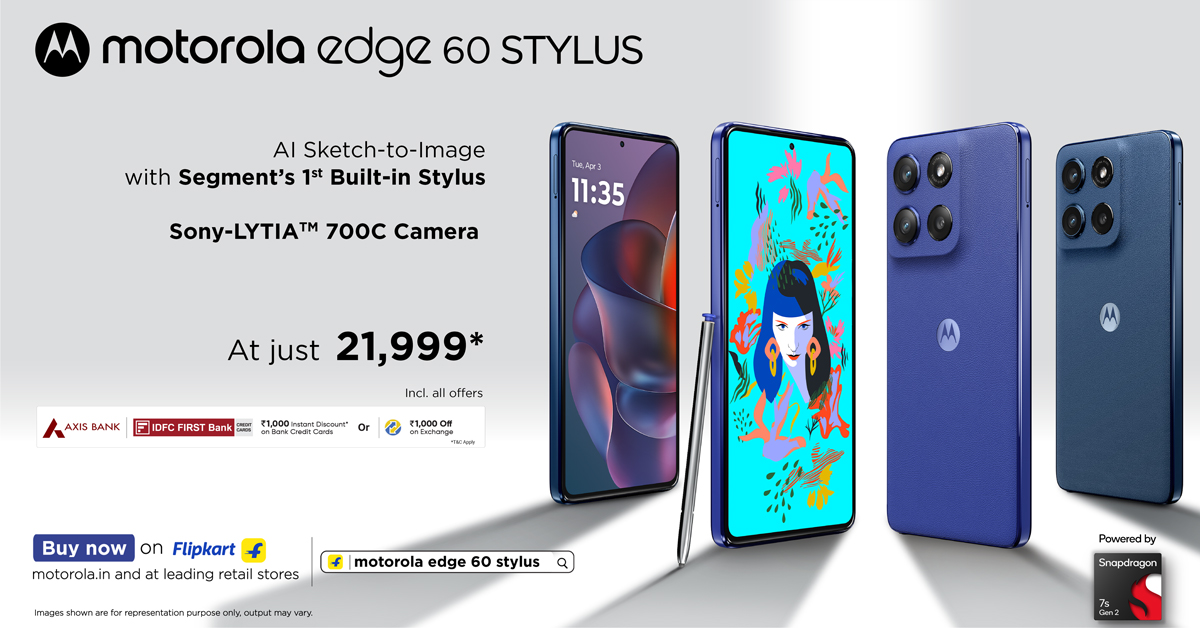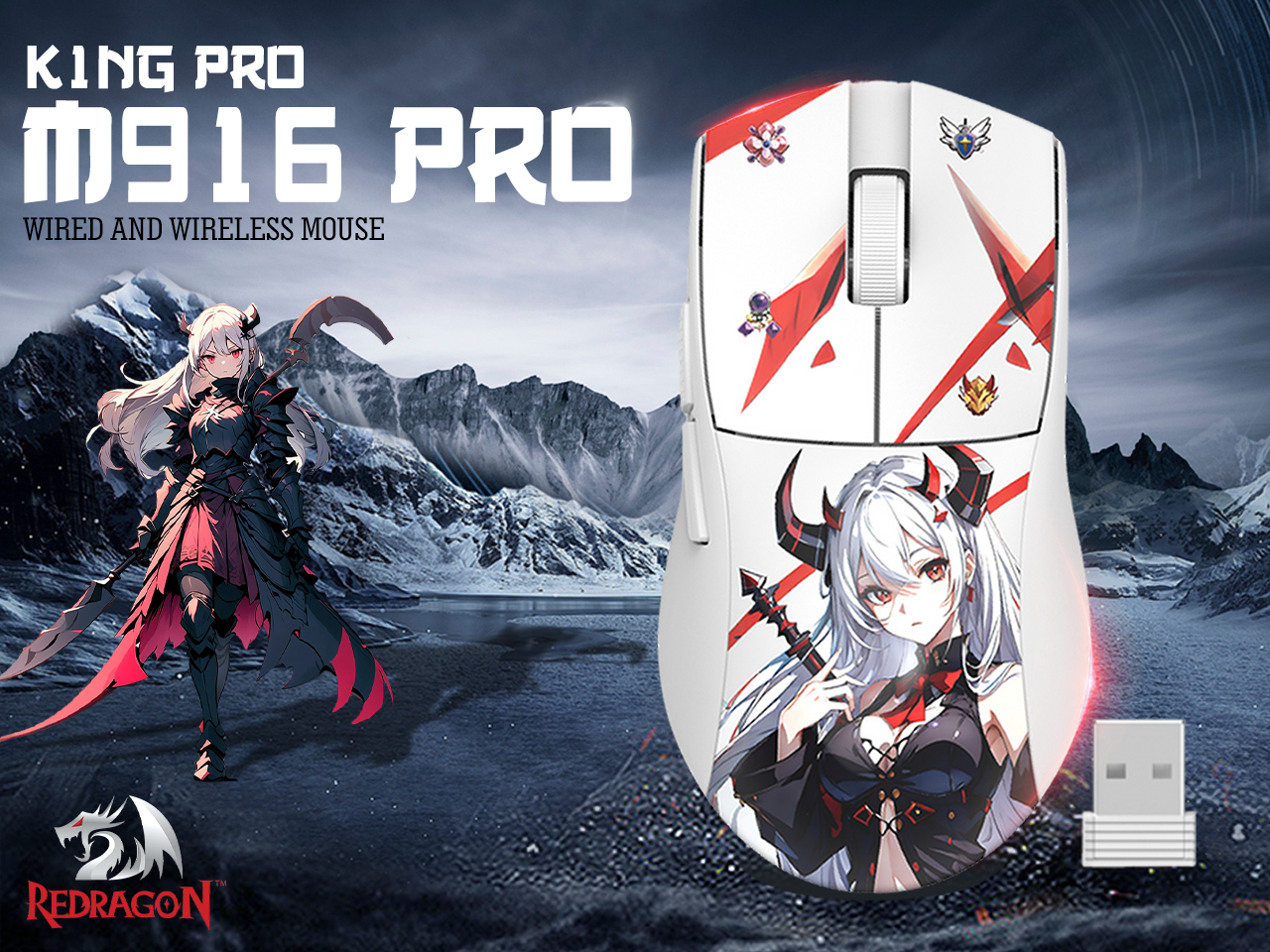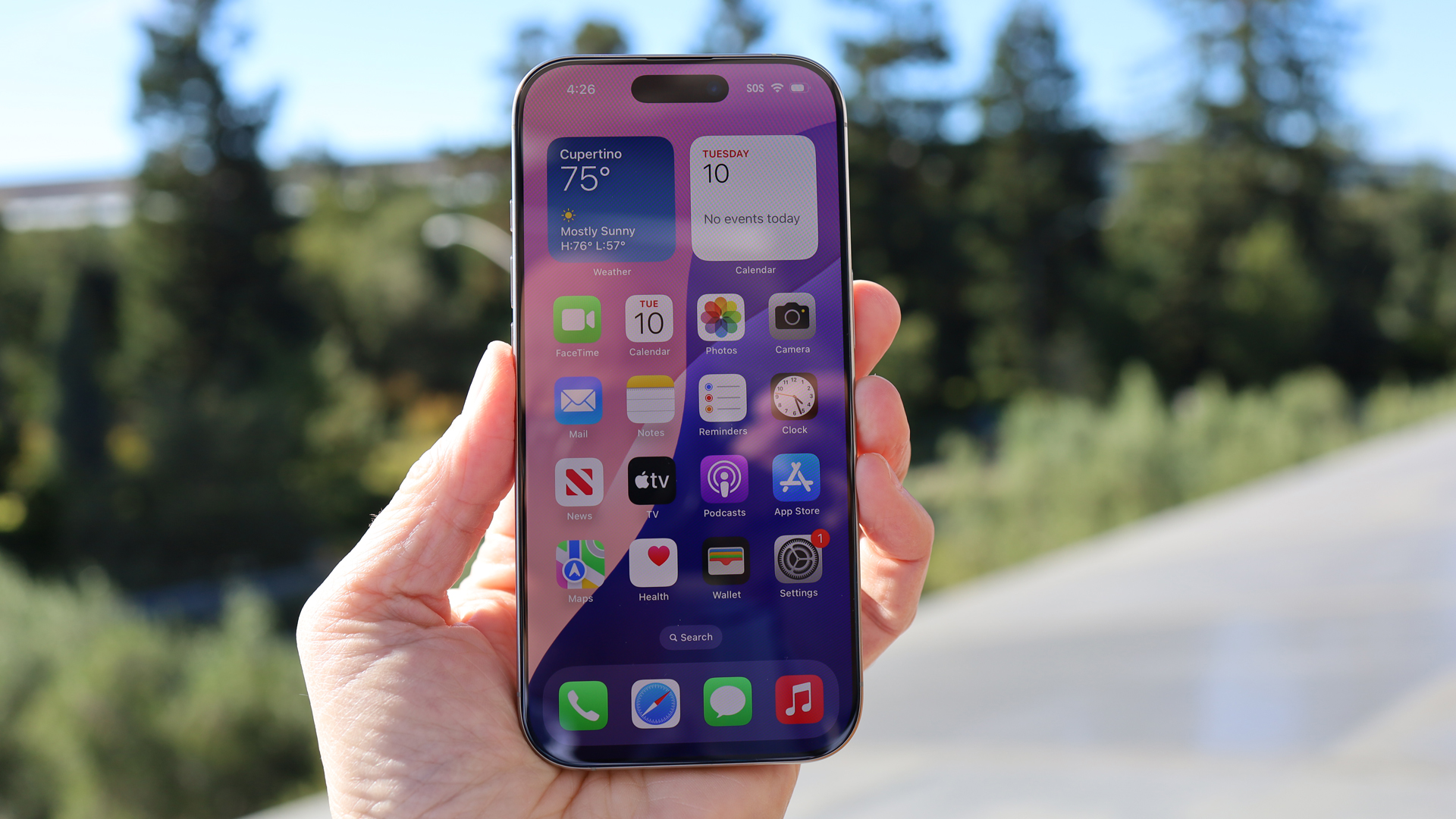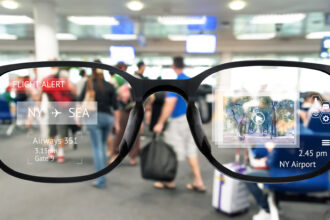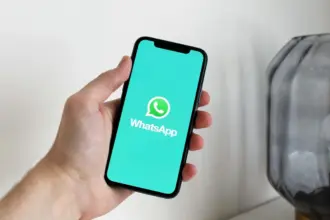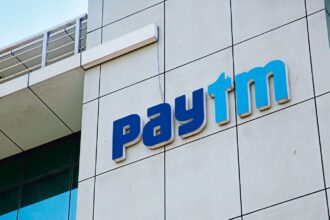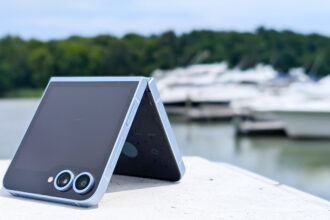WhatsApp, the popular messaging platform owned by Meta, is rolling out a blue checkmark to replace its existing green verification badge for businesses and channels. This shift aligns with Meta’s ongoing efforts to unify the visual identity of its verification badges across various platforms, including Facebook and Instagram.
By adopting the blue checkmark, WhatsApp aims to strengthen user trust and confidence when interacting with verified entities. The change is expected to make it easier for users to distinguish between legitimate businesses and channels, thereby reducing the risk of falling victim to scams or impersonations.
This move towards a consistent verification system across Meta’s platforms is also seen as a way to enhance the overall user experience. By standardizing the appearance of verified badges, Meta hopes to create a more seamless and intuitive experience for its users, regardless of which platform they are using.
The blue checkmark feature is currently being gradually rolled out to beta testers, with a wider release expected in the near future. This phased approach allows WhatsApp to gather feedback and ensure a smooth transition for all users.\
This shift not only enhances the authenticity and trustworthiness of verified channels and businesses on WhatsApp, but also simplifies the verification process for users. The blue checkmark serves as a universal symbol of authenticity, making it easier for users to identify and engage with legitimate entities on the platform. This increased transparency and consistency in verification not only builds trust but also helps to combat impersonation and scams.
Overall, the introduction of the blue checkmark on WhatsApp represents a positive step towards greater transparency, trust, and user-friendliness. By aligning with the broader verification practices of Meta, WhatsApp is reinforcing its commitment to providing a safe and reliable communication platform for its vast user base.
